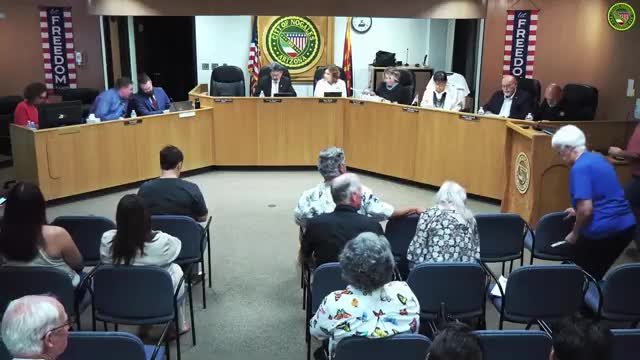Alabama’s New Education Funding Model
Alabama is implementing the Raise Act this year to enhance its established foundation program for K-12 education funding. This new approach employs weighted formulas that relate to different categories, including poverty, special education, English learners, talent, and charter school enrollment, to allocate funds according to specific student needs.
Funding for special education is organized into three tiers. Tier 1 holds a 2% weight, Tier 2 is at 10%, and Tier 3 carries 75%, depending on the reported type of need. For English learners, the weight is either 7% or 10%, applicable in districts where they comprise over 9% of enrollment. Charter school students uniformly receive a 2% weight, while talent students are funded at 4.5%, based on an assumption that 5% of total enrollment is identified as talented, regardless of the actual numbers.
During a recent state board of education meeting, Eric McKee, the state president, explained how the law operates under the assumption that 5% of any given student population is talented, applying the same 4.5% funding weight across districts, regardless of their true identification numbers.
Board member Tracie West raised the issue of equity in districts where the percentage of talented students exceeds 5%. She voiced concerns about how this might create disparities. Mackey acknowledged the problem, noting that even in those districts, funding does not increase beyond the initial 5% presumption. On the other hand, districts with fewer identified talented students will still receive funding as if 5% were recognized as talented.
McKee pointed out that Alabama stands out as one of the few states that conducts universal talent screenings for all sophomores. Qualifications can be established through IQ tests; however, teachers are also able to recommend students for further assessment based on their observations.
Some board members voiced concern that talent can manifest later in a student’s academic journey and that not every district has the resources to identify and support these students effectively.
There have also been worries about how funds are being utilized. Although the new law permits districts to shuffle money across categories, the state Department of Education has implemented a rule that limits this flexibility to 10% without prior approval.
“I hope anyone will ask for that, and when we get the many exemptions that people say overwhelmingly, I don’t think we’re going to spend money on this category or that category,” Mackey stated, emphasizing that the intent is to curb misuse by districts.
Board members reiterated the requirement for local districts to submit plans detailing how they will serve each student group. Under the accountability clause, districts are expected to report their outcomes starting in 2027.
This year’s funding law accounts for a total of $166 million, which integrates $108 million in new allocations along with $58 million from existing initiatives. Lawmakers aim to enhance this funding each year.
McKee expressed hopes for future adjustments and encouraged board members to propose legislative changes, such as shifting the funding for talented students from assumptions to actual personnel support.







